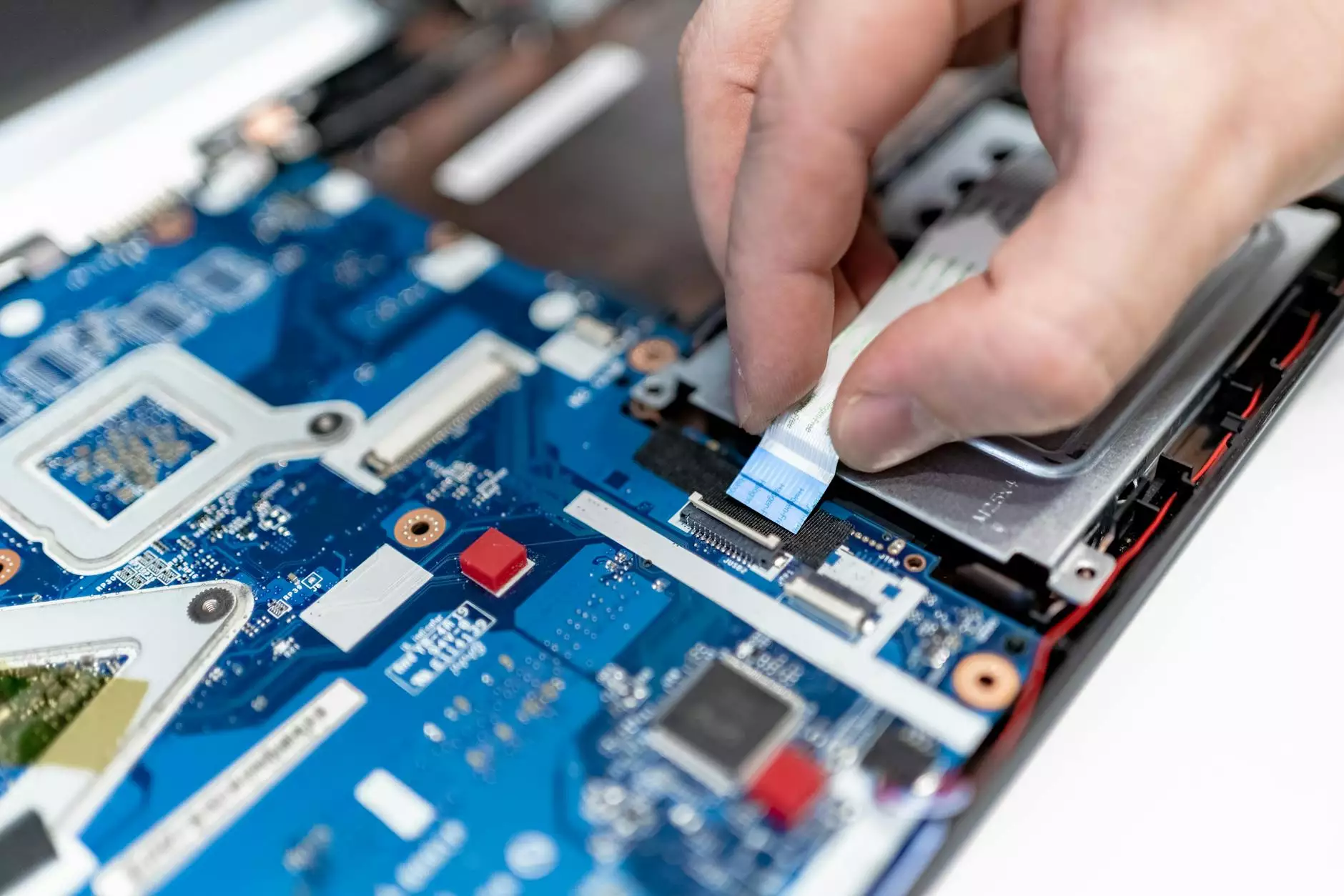Understanding Tendonitis and Tenosynovitis: Your Guide to Treatment and Recovery

Tendonitis and tenosynovitis are two common conditions that affect the tendons and surrounding tissues in our bodies. These conditions can significantly impact our daily lives, mobility, and overall well-being. In this article, we will delve into the definitions, causes, symptoms, treatments, and preventative measures for both tendonitis and tenosynovitis, ensuring you have a comprehensive understanding of these health issues.
What is Tendonitis?
Tendonitis is an inflammation or irritation of a tendon, the thick fibrous cords that attach muscle to bone. This condition can occur in various parts of the body, most commonly in the shoulders, elbows, wrists, knees, and heels. When a tendon becomes irritated, it can cause pain and tenderness, limiting movement and daily activities.
Causes of Tendonitis
The primary causes of tendonitis include:
- Overuse: Repetitive motions or overexertion during physical activities can lead to strain on tendons.
- Aging: The tendons naturally lose elasticity and strength as we age, making older adults more susceptible.
- Injury: Direct trauma or injury to a tendon can trigger inflammation.
- Underlying Health Conditions: Diseases such as rheumatoid arthritis or diabetes can increase the risk of developing tendonitis.
Symptoms of Tendonitis
Common symptoms associated with tendonitis include:
- Pain: Often a gradual onset, pain may worsen with movement.
- Tenderness: The affected area may feel tender to the touch.
- Swelling: Inflammation can result in swelling around the joint.
- Stiffness: Affected joints may feel stiff, particularly after periods of inactivity.
What is Tenosynovitis?
Tenosynovitis is the inflammation of the sheath surrounding a tendon, primarily affecting areas such as the wrists, hands, and feet. This condition can cause pain, swelling, and reduced movement of the affected tendon. It may also be associated with tendonitis, but the two conditions can occur independently.
Causes of Tenosynovitis
The causes of tenosynovitis can overlap with those of tendonitis and include:
- Repetitive Movements: Similar to tendonitis, repetitive activities can cause irritation of the tendon sheath.
- Injury: Trauma or injury to the area can lead to tenosynovitis.
- Infections: Certain infections can inflame the tendon sheath.
- Medical Conditions: Conditions such as rheumatoid arthritis and gout can increase the risk.
Symptoms of Tenosynovitis
Symptoms commonly associated with tenosynovitis include:
- Pain: Sharp or aching pain along the course of the tendon.
- Swelling: Visible swelling at the site of inflammation.
- Restricted Movement: Difficulty moving the affected joint.
- Heat and Redness: The area may feel warm and appear red, indicating inflammation.
Diagnosis of Tendonitis and Tenosynovitis
Proper diagnosis is essential for effective treatment. Healthcare providers typically perform the following steps:
- Medical History: Discussing symptoms and activities can help identify the cause.
- Physical Examination: The doctor may check for tenderness, swelling, and range of motion.
- Imaging Tests: X-rays, MRIs, or ultrasounds may be used to confirm the diagnosis and rule out other conditions.
Treatment Options for Tendonitis and Tenosynovitis
Effective treatment options can vary depending on the severity of the condition, but generally include:
Conservative Treatments
- Rest: Avoiding activities that exacerbate symptoms is crucial.
- Ice: Applying ice packs can reduce pain and swelling.
- Compression: Using elastic bandages can help minimize swelling.
- Elevation: Elevating the affected area can also help reduce swelling.
Medications
Over-the-counter medications like nonsteroidal anti-inflammatory drugs (NSAIDs) can effectively manage pain and inflammation. In some cases, a healthcare provider may prescribe stronger medications or corticosteroid injections for severe inflammation.
Physical Therapy
Physical therapy is a beneficial option for both tendonitis and tenosynovitis. A physical therapist can work with you to:
- Improve strength and flexibility in the affected area.
- Develop a personalized rehabilitation program.
- Educate you about activity modifications and ergonomic practices to prevent recurrence.
Surgical Options
In severe cases where conservative treatments fail, surgery may be required to relieve symptoms. Surgical options can include:
- Tendon Repair: Repairing a torn tendon.
- Tenosynovectomy: Removing inflamed parts of the tendon sheath.
- Debridement: Cleaning out degenerative tissue from the affected area.
Preventing Tendonitis and Tenosynovitis
Prevention is vital in avoiding these painful conditions. Here are some effective measures:
- Warm-Up and Cool Down: Always warm up before exercising and cool down afterward.
- Gradual Increase in Activity: Avoid sudden increases in activity levels; gradually ramp up intensity.
- Good Technique: Use proper techniques during sports and activities to reduce strain on tendons.
- Ergonomics: Maintain ergonomic positions while working to minimize strain on your tendons.
Conclusion
Tendonitis and tenosynovitis are common yet often misunderstood conditions that can lead to significant discomfort and limitations in daily life. Understanding the differences between these two conditions, their causes, symptoms, and treatment options can empower individuals to take control of their health. If you experience symptoms related to tendonitis or tenosynovitis, it is essential to consult a healthcare professional for appropriate evaluation and treatment.
By focusing on prevention and seeking early treatment, you can enhance your quality of life and maintain an active, healthy lifestyle. For more information about how to manage these conditions effectively, visit us at iaom-us.com.



